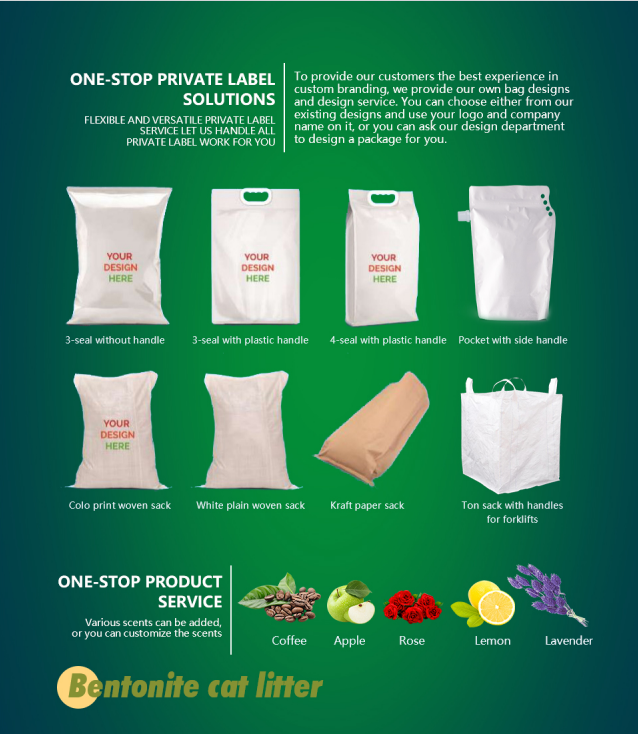How to Use Self-Amalgamating Rubber Tape
Self-amalgamating rubber tape is a versatile and efficient solution for a variety of applications, from electrical insulation to waterproofing. Unlike traditional adhesive tapes, this tape fuses to itself upon stretching and pressure application, forming a hermetic seal that is durable and resilient. In this article, we will explore how to effectively use self-amalgamating rubber tape, ensuring you achieve a secure and lasting result.
Understanding Self-Amalgamating Rubber Tape
Self-amalgamating rubber tape is made from a special type of rubber that has the ability to bond with itself. It is typically thick, stretchy, and provides excellent electrical insulation properties. This tape is ideal for high-stress environments, as it can withstand extreme temperatures and resist moisture, making it suitable for outdoor and indoor applications alike.
Getting Started
Before you begin using self-amalgamating rubber tape, it’s essential to gather the necessary materials for your project. You will need
- Self-amalgamating rubber tape - Scissors or a utility knife - Clean cloth - Isopropyl alcohol (for cleaning surfaces) - Safety gloves (optional)
Step-by-Step Instructions
1. Prepare the Surface Begin by cleaning the area where you intend to apply the tape. Use a clean cloth and isopropyl alcohol to wipe down the surface, ensuring that it is free from dirt, dust, grease, and moisture. A clean surface allows the tape to adhere better and creates a stronger bond once it amalgamates.
how to use self amalgamating rubber tape

2. Measure the Tape Cut a length of self-amalgamating tape that is long enough to cover the area you need. A good rule of thumb is to measure approximately twice the length of the area to be covered to ensure adequate wrapping and overlap.
3. Start Wrapping Begin wrapping the tape around the target area, ensuring you stretch it as you apply. The key to using self-amalgamating tape effectively is to stretch it tightly while wrapping. This stretching is what allows it to bond with itself seamlessly. As you wrap around, ensure that each layer overlaps the previous one by about half the width of the tape.
4. Layering For areas requiring extra strength or insulation, consider applying multiple layers of tape. The more layers you use, the stronger and more waterproof the seal will be. When layering, continue to stretch and overlap as before.
5. Finish the Application Once you reach the end of your wrap, smooth it down to eliminate any air pockets. The tape will begin to amalgamate, forming a solid, waterproof, and insulating barrier. To ensure a complete seal, press down on the tape for a minute or two after the final wrap.
6. Curing Time Although self-amalgamating rubber tape bonds quickly, it is advisable to allow it some time to cure fully. While it will be functional almost immediately, give it a few hours to achieve optimal bonding strength.
Safety Considerations
While self-amalgamating rubber tape is easy to use, it is always wise to wear safety gloves during the application to avoid direct contact with the adhesive components. Additionally, when working in a confined space or with high voltage, exercise caution.
Conclusion
Self-amalgamating rubber tape is an invaluable tool for anyone who requires a robust, flexible, and waterproof solution in their projects. Whether you’re repairing electrical wires, sealing pipes, or insulating tools, following the practical steps outlined above will ensure that you achieve a durable and effective result. With its remarkable self-bonding properties, this tape stands out as a go-to material for countless applications.
-
XIANGFAN Rubber Tape-Ultimate Solutions for All Your Insulation NeedsNewsJun.24,2025
-
XIANGFAN Rubber Tape-Protection for Industrial and Residential ApplicationsNewsJun.24,2025
-
XIANGFAN Rubber Tape: Superior Safety and Sealing for Demanding EnvironmentsNewsJun.24,2025
-
XIANGFAN Rubber Tape: Reliable Solutions for Every Electrical ChallengeNewsJun.24,2025
-
XIANGFAN Electrical & Industrial Tape: Powering Reliability Across IndustriesNewsJun.24,2025
-
XIANGFAN Electrical & Industrial Tape: Excellence in Every ApplicationNewsJun.24,2025
